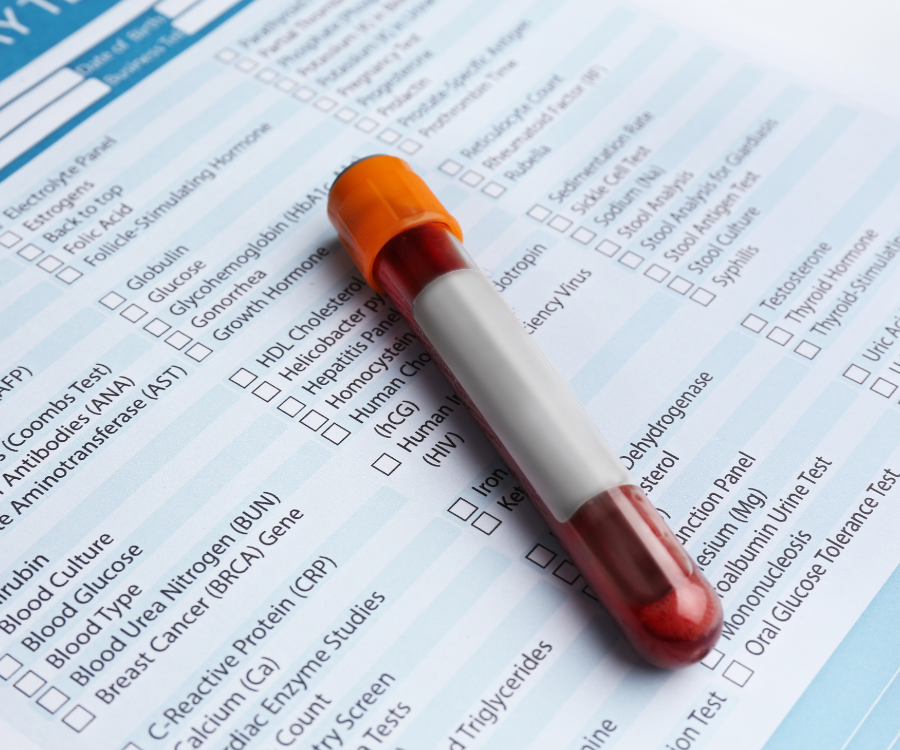Decoding the Mystery: Your Guide to Understanding Lab Results
That sheet of paper filled with numbers and unfamiliar terms – your lab results – can feel like deciphering an ancient scroll. But fear not! Understanding your lab results empowers you to be an active participant in your healthcare journey. This guide will help you navigate the jargon and grasp what those numbers actually mean.
Why Bother Understanding Your Lab Results?
Beyond simply knowing if something is “normal” or “abnormal,” understanding your lab results offers valuable insights:
- Tracking Your Health: Lab tests often monitor chronic conditions or the effectiveness of treatments over time. Recognizing trends in your results can be incredibly helpful.
- Informed Discussions with Your Doctor: When you have a basic understanding of your results, you can ask more targeted and meaningful questions during your appointments.
- Early Detection: Sometimes, subtle changes in your lab values can indicate a potential issue early on, allowing for timely intervention.
- Peace of Mind: Knowing what the numbers signify can alleviate anxiety and empower you to take proactive steps for your well-being.
Navigating the Anatomy of Your Lab Report:
While layouts can vary, most lab reports share common elements:
- Patient Information: Your name, date of birth, and the date the test was performed.
- Test Name: The specific test conducted (e.g., Complete Blood Count, Lipid Panel, Glucose).
- Your Result: The value obtained from your blood, urine, or other bodily fluid sample.
- Reference Range (Normal Range): This is a crucial column! It shows the typical range of values for a healthy population. Keep in mind that these ranges can vary slightly between labs.
- Units: The measurement used for the test (e.g., mg/dL for glucose, g/L for hemoglobin).
- Interpretation (Sometimes): Some reports may include brief notes like “High” or “Low.”
Demystifying Key Terms and Concepts:
Let’s break down some common terms you might encounter:
- Quantitative vs. Qualitative Tests: Quantitative tests measure the amount of a substance (e.g., blood sugar level), while qualitative tests determine if a substance is present or absent (e.g., presence of bacteria).
- “Normal” vs. “Abnormal”: A result outside the reference range doesn’t automatically mean you have a serious problem. Factors like age, sex, and individual variations can influence results. It’s crucial to discuss any out-of-range values with your doctor.
- Critical Values: These are results that fall significantly outside the normal range and may indicate a life-threatening condition requiring immediate attention. Your doctor will usually contact you urgently if you have critical values.
Common Lab Tests and What They Measure (with Keywords!):
- Complete Blood Count (CBC): This common blood test measures different components of your blood, including:
- Red Blood Cells (RBC): Important for carrying oxygen. Low RBC count (anemia) can cause fatigue.
- White Blood Cells (WBC): Fight infection. High WBC count (leukocytosis) may indicate infection or inflammation. Low WBC count (leukopenia) can weaken the immune system.
- Hemoglobin (Hgb): The protein in red blood cells that carries oxygen.
- Hematocrit (Hct): The percentage of red blood cells in your 1 blood.
- Platelets: Help with blood clotting. Low platelets (thrombocytopenia) can increase bleeding risk.
- Lipid Panel: Measures different types of fats (lipids) in your blood, important for heart health:
- Total Cholesterol: Overall cholesterol level.
- LDL Cholesterol (Low-Density Lipoprotein): Often called “bad” cholesterol. High levels can contribute to plaque buildup in arteries.
- HDL Cholesterol (High-Density Lipoprotein): Often called “good” cholesterol. High levels are beneficial.
- Triglycerides: Another type of fat in the blood. High levels can increase heart disease risk.
- Basic Metabolic Panel (BMP): A group of tests that measure different chemicals in your blood, providing information about:
- Glucose: Blood sugar level. High levels can indicate diabetes or prediabetes.
- Electrolytes (Sodium, Potassium, Chloride, Bicarbonate): Important for fluid balance, nerve and muscle function.
- Kidney Function (Creatinine, Blood Urea Nitrogen – BUN): Indicate how well your kidneys are working.
- Liver Function Tests (LFTs): A panel of tests that assess the health of your liver:
- ALT (Alanine Aminotransferase) and AST (Aspartate Aminotransferase): Enzymes released when liver cells are damaged.
- Bilirubin: A waste product that can cause jaundice (yellowing of the skin and eyes) if levels are high.
Tips for Understanding Your Lab Results:
- Don’t Panic: An abnormal result doesn’t automatically mean something serious. Many factors can influence lab values.
- Compare to Previous Results: Look for trends over time. This can be more informative than a single result.
- Note the Reference Range: Pay close attention to the normal values provided by the specific lab that performed your tests.
- Prepare Questions for Your Doctor: Write down any questions you have before your appointment. Don’t hesitate to ask for clarification.
- Utilize Online Resources (with Caution): Reputable medical websites can offer general information, but always prioritize your doctor’s interpretation.
- Focus on the Big Picture: Your lab results are just one piece of the puzzle in understanding your overall health. Your doctor will consider your medical history, physical exam, and other factors.
Empower Yourself Through Knowledge:
Understanding your lab results is a powerful step towards taking control of your health. While the numbers and terms might seem daunting at first, breaking them down and discussing them with your healthcare provider will help you gain valuable insights into your body’s inner workings. So, the next time you receive those lab results, approach them with curiosity and a willingness to learn – you’ve got this!

